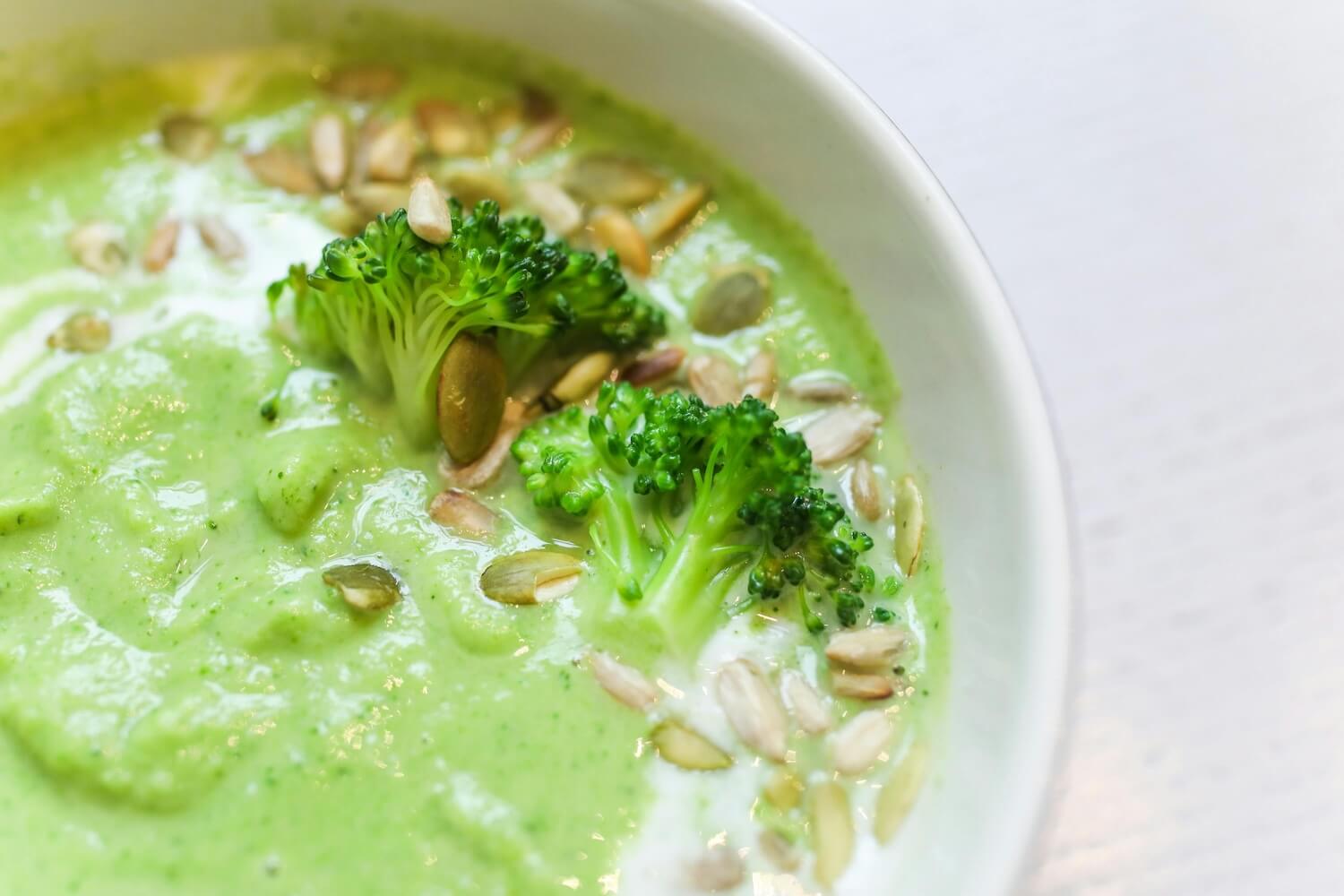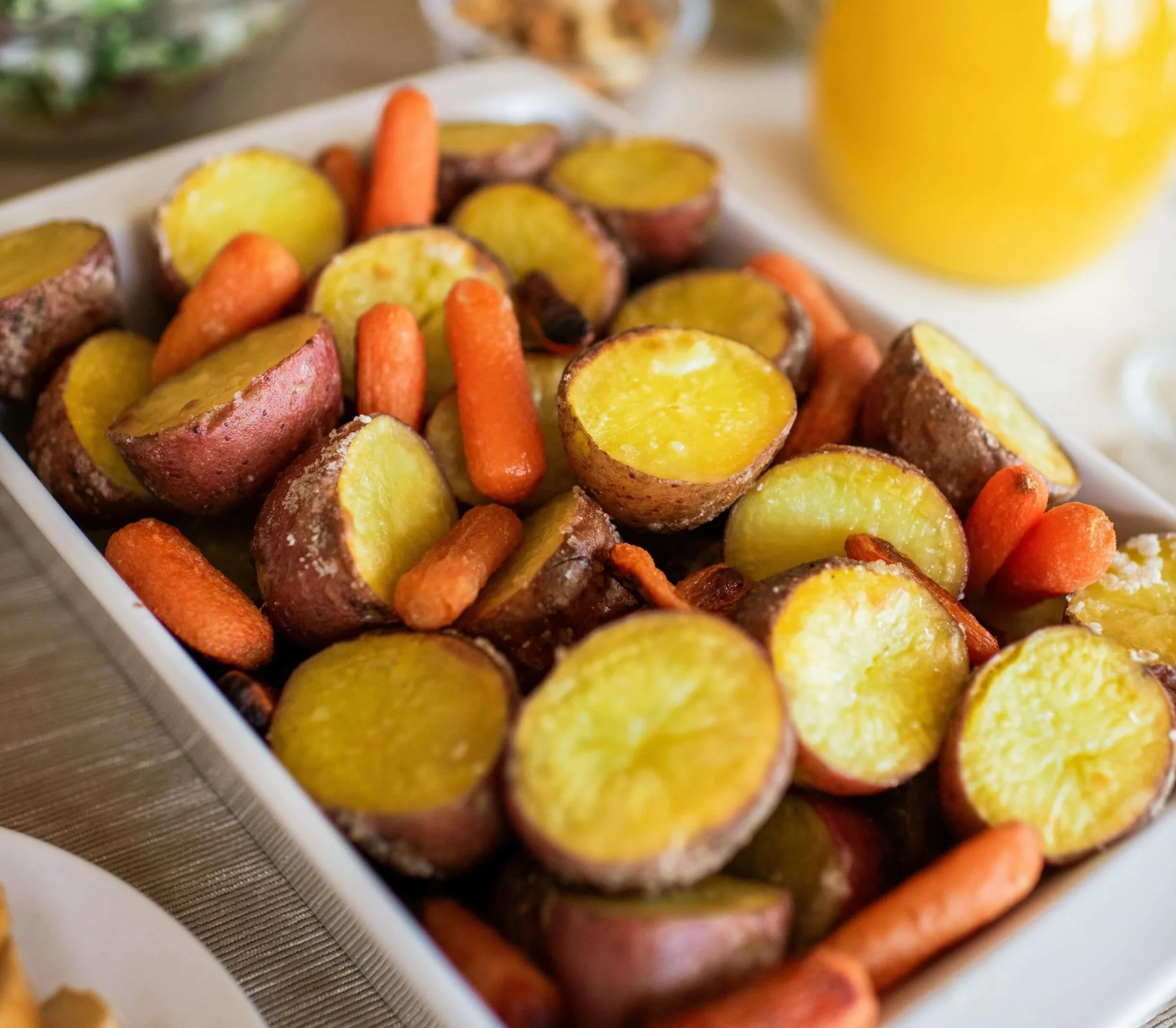In Traditional Chinese Medicine (TCM)… Beauty is not just skin deep—it’s a reflection of your…
Have you heard of seed cycling?
This popular wellness practice is gaining traction, and for good reason. Many women today struggle with hormone imbalances, and seed cycling offers a gentle way to support hormonal health.
Women’s hormones operate in a delicate flux, influenced by diet, exercise, sleep, stress levels, and environmental toxins. Disruptions in any of these areas can lead to hormone imbalances, which may result in issues like irregular periods, acne, PCOS, thyroid disorders, and chronic fatigue.
Seed cycling is an easy and effective method to support hormone balance. I’ve been recommending seed cycling in my practice because it is easy and accessible and is less likely to interfere with medications like herbs and supplements sometimes can.
By incorporating specific seeds into your diet, you can help reduce PMS symptoms, boost fertility, and stimulate menstruation if it’s absent (amenorrhea). From a Chinese medicine standpoint, seeds are themselves fertility organisms and we are drawing on their innate wisdom as well as their potent nutrients. Seed cycling is not a cure-all but can be combined with your other healthy practices to promote natural hormonal balance.
What is Seed Cycling?
Seed cycling involves eating specific seeds during the two main phases of your menstrual cycle (follicular and luteal) to balance estrogen and progesterone levels. This natural method can alleviate PMS symptoms, boost fertility, and address hormonal imbalances at any life stage, including post-menopause. I’ve been recommending this method for patients coming off hormonal birth control or dealing with post-birth control syndrome symptoms like acne, irregular periods, or PMS as well as post-partum balancing.

Understanding Your Menstrual Cycle
To understand seed cycling, you need to know the two main phases of your menstrual cycle:
- Follicular Phase: Begins on the first day of your menstrual bleed and lasts until ovulation, typically around 14 days. Estrogen levels rise.
- Luteal Phase: Starts at ovulation and continues until your next menstrual bleed, also around 14 days. Progesterone levels rise as estrogen gradually declines.
Seed Cycling Schedule
- Days 1-14 (Menstruation to Ovulation):
- 1-2 tablespoons ground Flax seeds
- 1-2 tablespoons ground Pumpkin seeds
- Days 15-28 (Ovulation to Menstruation):
- 1-2 tablespoons ground Sunflower seeds
- 1-2 tablespoons ground Sesame seeds
If your cycle isn’t 28 days, stick to the 14-day cycle for each phase to help nudge your body into an optimal rhythm.
For Irregular or Missing Periods (Amenorrhea)
Use the moon phases as a guideline:
- Days 1-14 (New Moon to Full Moon): Pumpkin seeds and flax seeds
- Days 15-28 (Full Moon to New Moon): Sunflower seeds and sesame seeds
How Seed Cycling Supports Hormone Balance
Scientific research on seed cycling is limited, but nutritional components in flax, pumpkin, sesame, and sunflower seeds support hormonal health.
- Follicular Phase: Flax and pumpkin seeds both promote estrogen while flax seeds contain lignans that bind to excess estrogen, while pumpkin seeds, rich in zinc, support progesterone production (moving into the luteal phase).
- Luteal Phase: Sesame seeds boost progesterone production and block excess estrogen, while sunflower seeds, high in vitamin E and selenium, help the liver detoxify excess estrogen.
Nutritional Components in Seeds
- Lignans: Flax and sesame seeds contain lignans, which support estrogen balance.
- Zinc: Found in pumpkin and sesame seeds, zinc supports progesterone production.
- Omega-3s, Omega-6s, and Vitamin E: These fatty acids and vitamins in seeds support hormone production and cell function.
- Selenium: Sunflower seeds, high in selenium, aid in estrogen detoxification.
How to Incorporate Seed Cycling
Consume 1-2 tablespoons of raw, ground seeds daily. Use a coffee/spice grinder to grind the seeds, especially flax and sesame. Store seeds in the refrigerator or freezer to keep them fresh.
Add seeds to smoothies, yogurt, oatmeal, salads, soups, or make seed butter and granola. Consider using Beeya Seed Cycling Blends for convenience.
How Long to See Results?
It can take at least three months of daily use to notice benefits. Track your symptoms to monitor progress. Seed cycling is an easy, natural way to support hormonal balance, but of course it works best alongside good sleep, stress management, a balanced diet, and limited toxin exposure.
Things to Know Before You Start
- Grind Your Seeds: Enhances digestion and nutrient absorption.
- Use Raw Seeds: Ensures nutrient retention. Roasting can be fine for maintenance or long-term practice.
- Store Properly: Keep seeds in the fridge or freezer. The healthy oils in seeds can easily turn rancid.
Track Your Cycle: Helps align seed rotation with your unique cycle. In general, I believe it’s good practice to have a general pulse on your menstrual cycle because it can tell you a lot when changes in your general health shows up.



Comments (0)